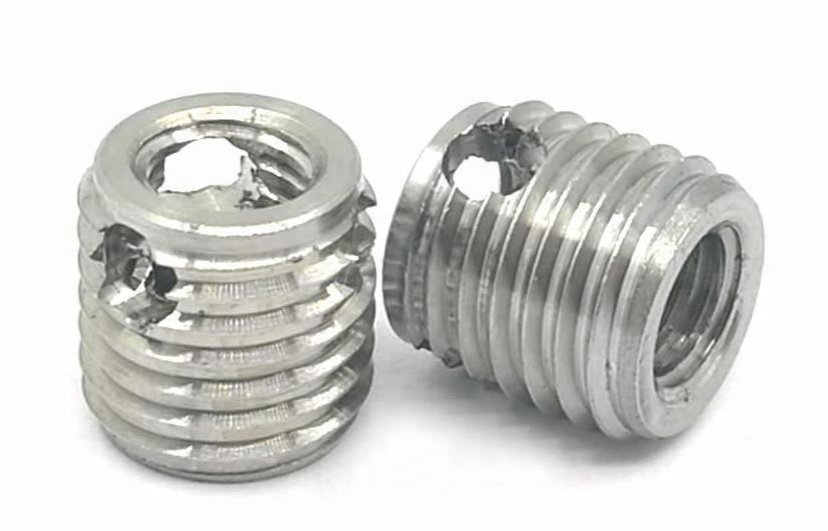We do not recommend designing a screw thread into your 3D model for regular technical screw sizes, e.g. M3 - M10 - neither in metal nor in plastic 3D printing materials.
Most often these fine thread geometries will lie lower than the 3D printing technology's minimum detail sizes and accuracy. Moreover most technically interesting 3D printing materials still have some degree of surface roughness. For this reason the resulting screw threads will not be as sharp and smooth as conventionally produced thread and their usage will be limited.
There are 2 solutions:
- Tapping of screw threads
- Metal threaded inserts
1. Tapping of screw threads
Tapping of screw threads will provide a more accurate solution than a printed thread. However, be careful not to damage your model and remember that screwing and unscrewing in a plastic material will only work a few times.
2. Metal threaded inserts
The best alternative to tapping a thread is to use metal threaded inserts. By doing this, you can use the connection multiple times and chances of damaging the model are much lower.
Choose the desired thread size, look up the corresponding insert dimensions and foresee a blind hole of the correct dimensions in your 3D model. Also be sure to foresee enough wall thickness around the blind hole (min. 2 mm). We recommend using self-cutting inserts.
